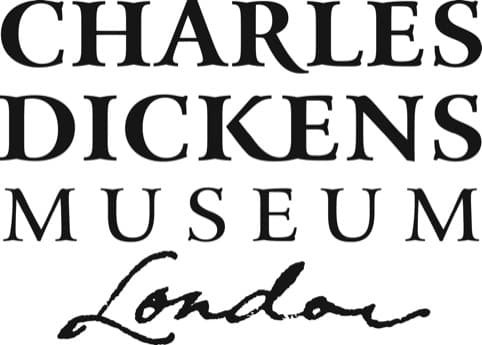Get yourself tp the Charles Dickens Museum in London. This is where the author wrote Oliver Twist, Pickwick Papers and Nicholas Nickleby. It’s where he first achieved international fame as one of the world’s greatest storytellers.
Visit us to discover the Dickens family home. Uncover the private world behind the author’s public image. Explore his study, the family bed chambers, and the servants’ quarters below stairs. See treasures including Dickens’s desk, handwritten drafts from the novels he wrote here, and his young wife’s engagement ring. Walkthrough rooms dressed with their furniture, tableware, portraits, marble busts, china ornaments, and paintings.

